Discovering rare animals feels like stepping into a living fairy tale. These extraordinary creatures defy the norm, showcasing nature’s boundless creativity and adaptability. From isolated islands to hidden forest corners, here’s your guide to ten of the rarest animals on Earth and the remote places they call home.
1. Spotting the Elusive Pangolin in Southeast Asia
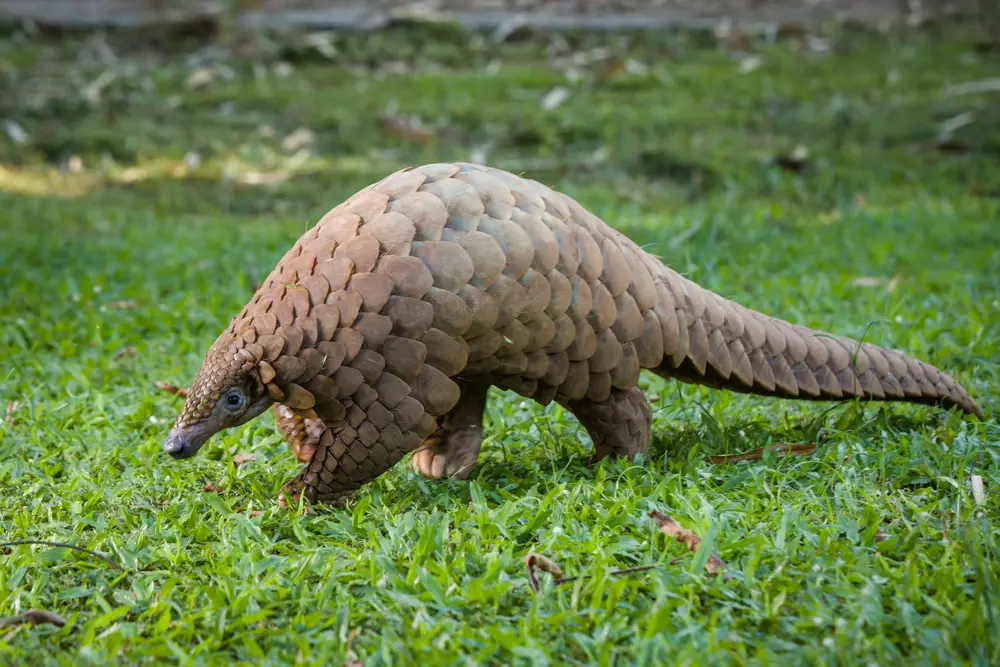
This quirky, scaly mammal looks like a prehistoric pinecone come to life. Pangolins are found in parts of Southeast Asia and Africa, but they’re critically endangered due to poaching and habitat loss, according to the International Fund for Animal Welfare. If you’re lucky, you might spot one in protected areas like Cambodia’s Keo Seima Wildlife Sanctuary. These shy nocturnal creatures are masters of camouflage, so a skilled local guide is your best bet for a sighting.
2. Witnessing the Kakapo in New Zealand
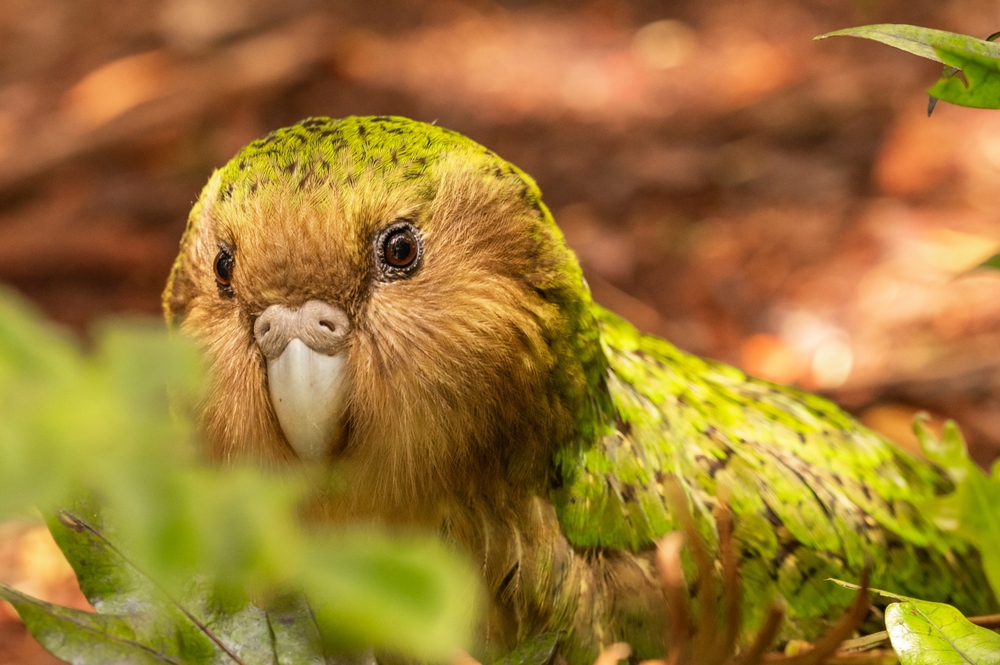
The kakapo, a flightless, nocturnal parrot, is so rare it has its own namesake recovery program. With only around 250 individuals left, these birds are carefully monitored on predator-free islands like Codfish Island and Anchor Island. Known for their peculiar “booming” calls during mating season, kakapos are living relics of an ancient lineage. Visiting New Zealand’s sanctuaries gives you a chance to learn about and possibly glimpse these charming avian oddities.
3. Searching for the Vaquita in the Gulf of California
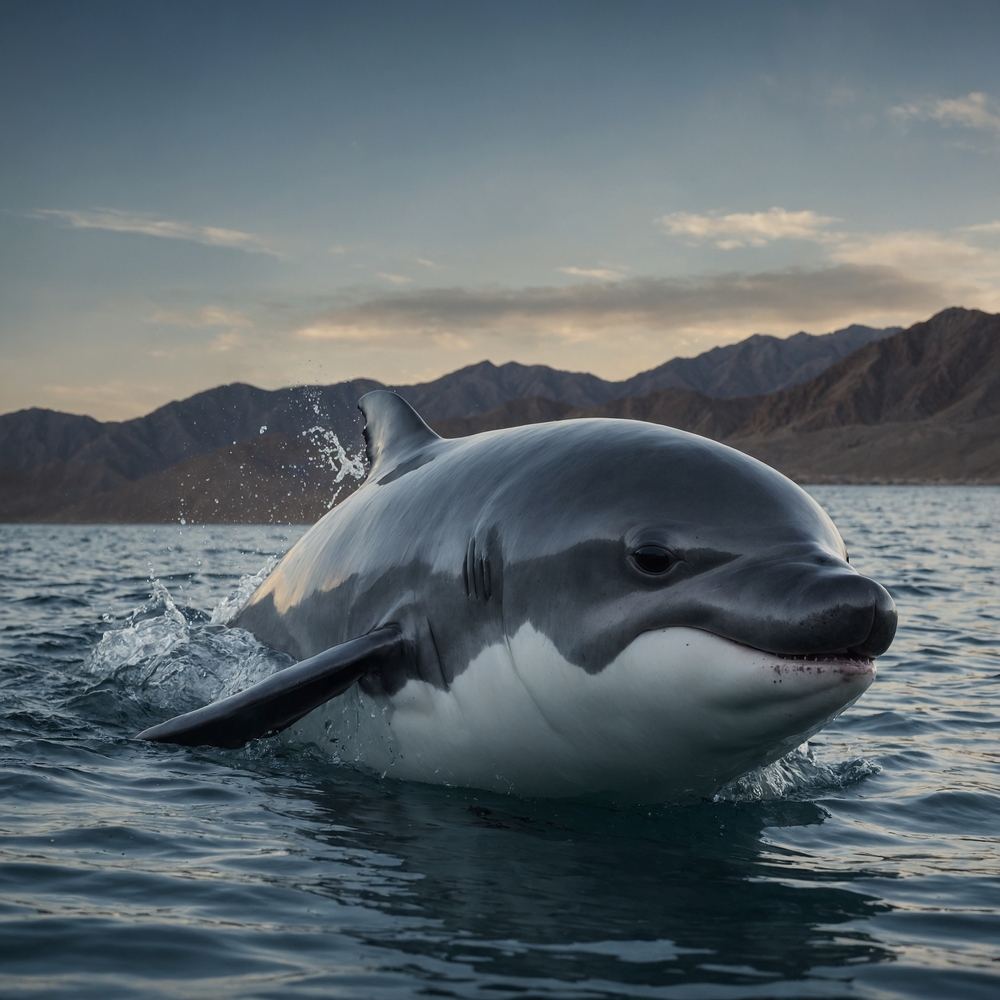
The vaquita, a tiny porpoise with big, soulful eyes, is the most endangered marine mammal on the planet. Found exclusively in Mexico’s Gulf of California, their numbers have dwindled to fewer than 20 due to illegal fishing practices, according to the Associated Press. Conservation groups are working tirelessly to protect them, but spotting one in the wild is exceedingly rare. Still, visiting the region supports local ecotourism efforts and brings awareness to their plight.
4. Tracking Down the Saola in Laos and Vietnam
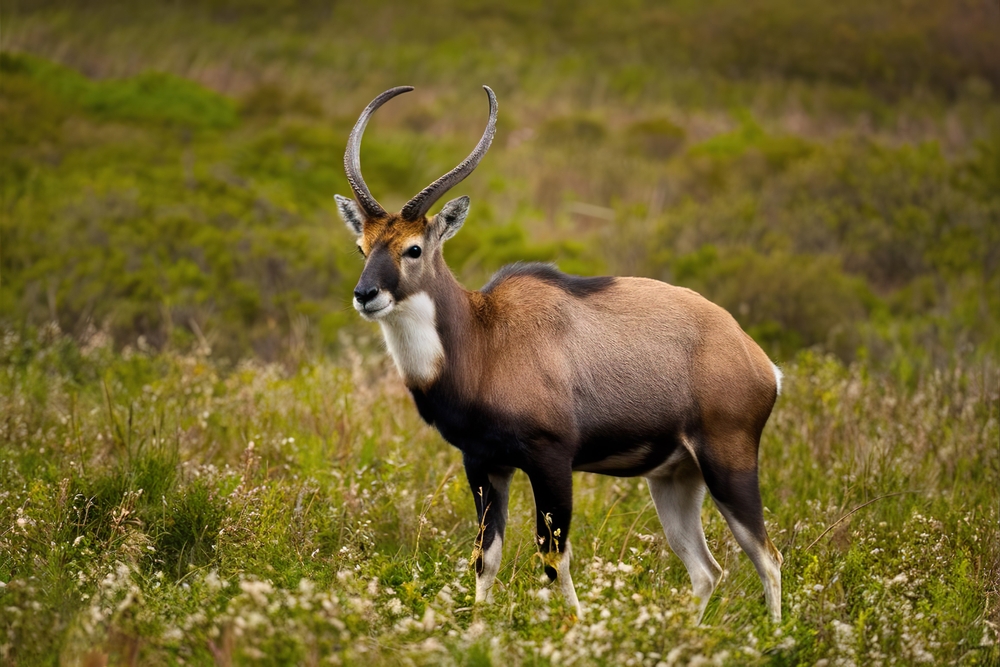
Dubbed the “Asian unicorn,” the saola is a mysterious antelope-like creature native to the Annamite Mountains. Sightings are so rare that scientists know very little about their behavior or population. Conservation areas like Laos’ Nakai-Nam Theun National Park are the best places to learn about ongoing efforts to save them. Your journey might not guarantee a sighting, but exploring these biodiverse mountains is a reward in itself.
5. Exploring Madagascar for the Aye-Aye
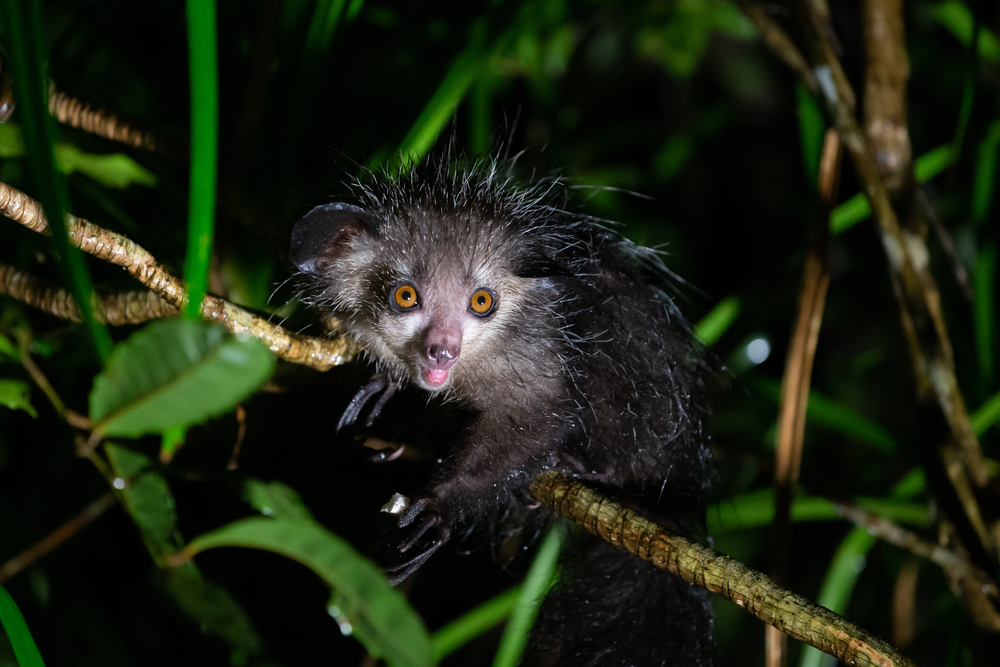
The aye-aye is a peculiar lemur with a long, skeletal finger that’s perfect for digging out insects. Found only in Madagascar, this nocturnal creature is often misunderstood due to local myths associating it with bad luck. Visit reserves like Andasibe-Mantadia National Park for the chance to see one scurrying through the trees. These odd yet endearing primates are a reminder of the incredible biodiversity found on this island.
6. Admiring the Axolotl in Mexico City
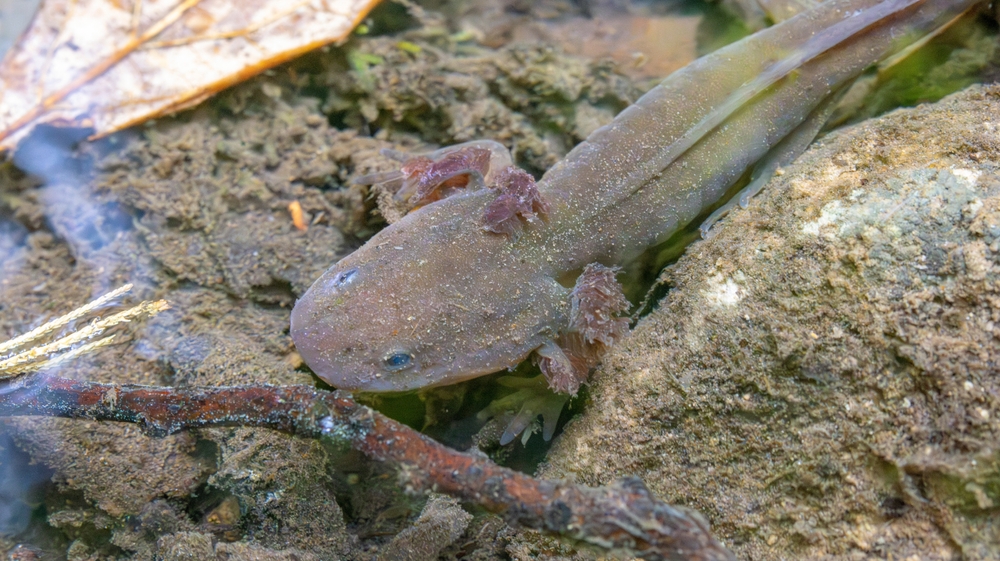
The axolotl, a salamander that never outgrows its juvenile stage, is both adorable and critically endangered. Found in the canals of Xochimilco near Mexico City, its wild population has been decimated by pollution and habitat destruction. These “walking fish” have a cult following due to their unique ability to regenerate limbs. While finding one in the wild is challenging, nearby conservation centers allow visitors to see and learn about them.
7. Spotting the Amur Leopard in the Russian Far East
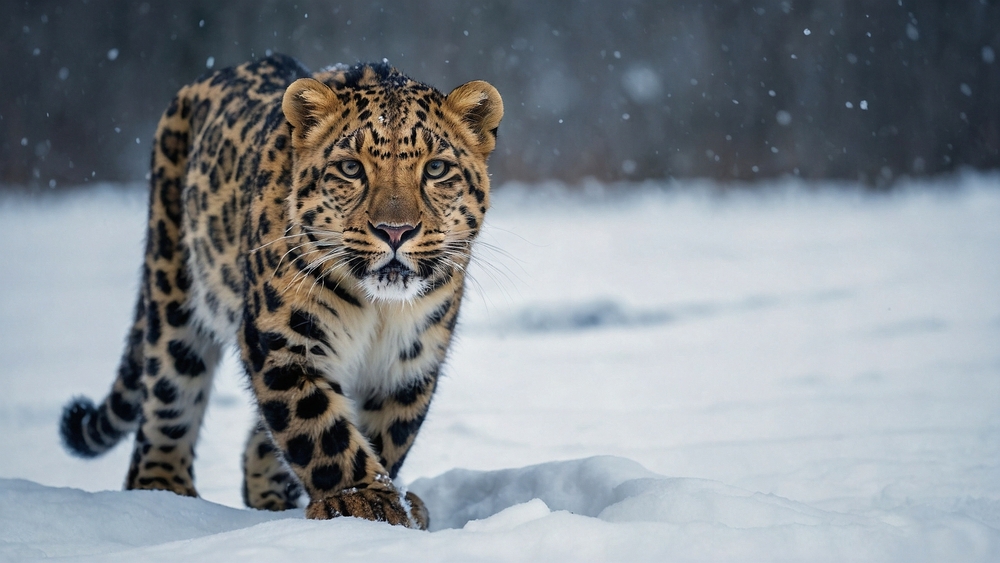
The Amur leopard, with its thick, luxurious coat, is the rarest big cat in the world. Found in the forests of the Russian Far East and northeastern China, only around 120 individuals remain. Russia’s Land of the Leopard National Park offers the best chance to track this elusive predator. The park’s snow-dusted landscapes and towering trees make for an unforgettable adventure, even if the leopards remain out of sight.
8. Venturing to Australia for the Night Parrot
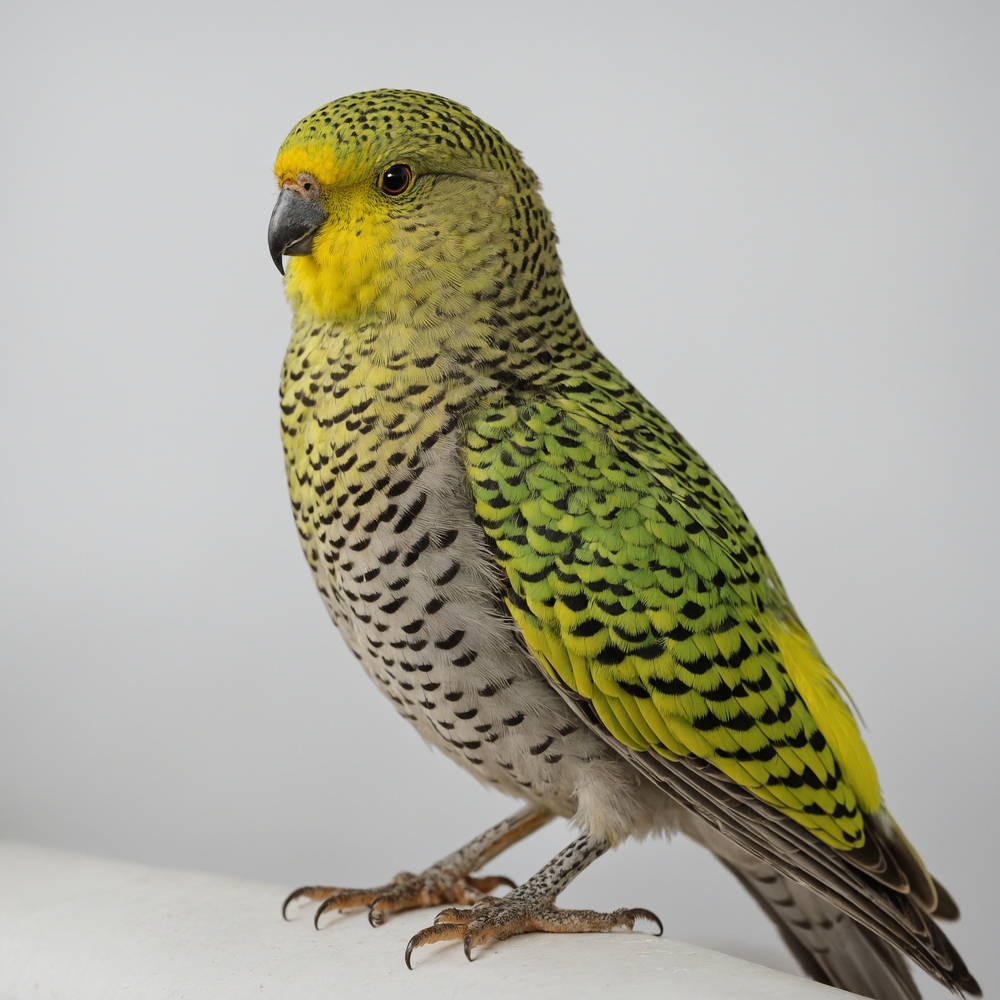
Once thought extinct, the night parrot has been rediscovered in remote parts of Australia. These elusive, green-feathered birds are so rare that even their exact locations are closely guarded secrets. Researchers have confirmed sightings in Queensland and Western Australia, but access is tightly controlled to protect them. A visit to Australia’s arid outback might not guarantee a glimpse, but the journey itself offers a taste of wilderness like no other.
9. Observing the Giant Chinese Salamander in Asia
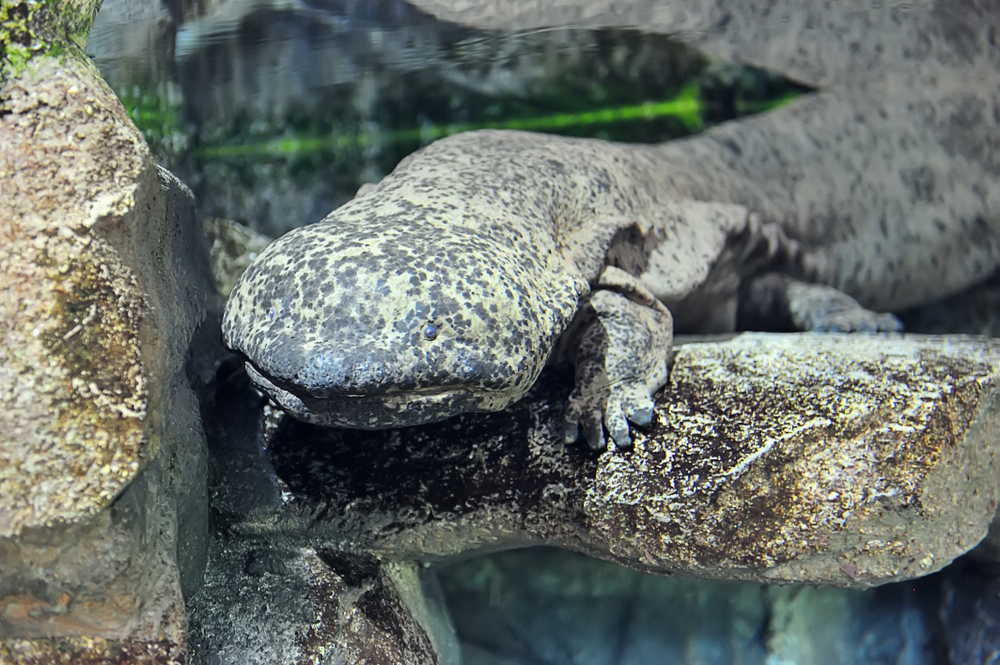
The giant Chinese salamander, often called a “living fossil,” is the world’s largest amphibian. Endemic to China, this creature can grow up to six feet long and has been around for over 170 million years. Sadly, habitat loss and overexploitation have pushed them to the brink of extinction. Some conservation centers in China now offer ethical ways to see and learn about these fascinating animals up close.
10. Searching for the Red Wolf in the United States

The red wolf, a smaller and sleeker cousin of the gray wolf, once roamed vast swaths of the southeastern United States. Now, they’re found only in a small recovery area in North Carolina, with fewer than 20 individuals left in the wild. Alligator River National Wildlife Refuge is the heart of conservation efforts for this critically endangered species. Evening tours offer a chance to hear their haunting howls echo through the wetlands, a rare and moving experience.
Embark on a journey to uncover these rare treasures of the animal kingdom, and you’ll not only create memories for a lifetime but also help support their conservation. After all, seeing these creatures in their natural habitats is a privilege worth protecting.
